Tourism Australia curates our greatest natural hits
As the prospect of us being able to travel domestically draws closer, Tourism Australia has curated a tempting list of local attractions.
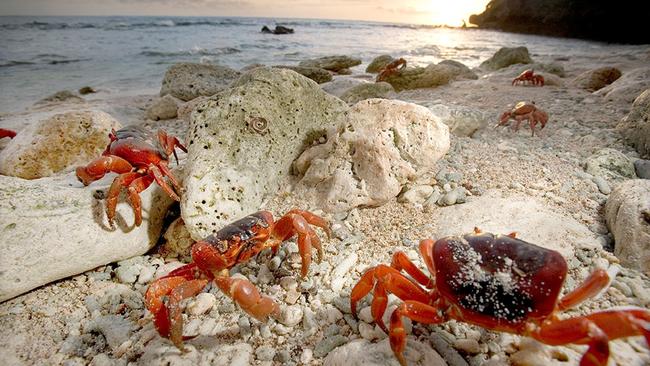
As the prospect of us being able to travel domestically draws closer, Tourism Australia has curated a tempting list of natural attractions.
The tourism body has curated a top 10 of natural phenomena across the country, from dinosaur footprints in Western Australia to coral spawning on the Great Barrier Reef.
It’s food for thought for Aussies hungry to travel once more.
1. Bioluminescent plankton, NSW
Jervis Bay, about three hours’ drive south of Sydney, is famous for its beaches. At night in spring and summer, the shallows of those sandy bays can emanate a blue glow as a chemical reaction causes plankton to become luminescent.
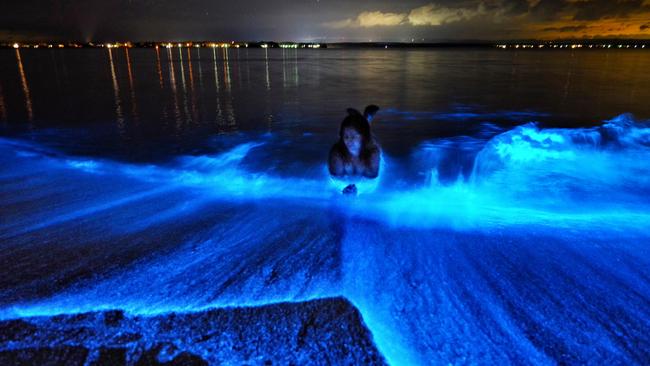
2. Coral spawning, Great Barrier Reef, Queensland
With recent reports sparking concerns about coral bleaching last summer, any signs the reef is reproducing is cause for celebration. The event, in which coral polyps release sperm and egg bundles for external fertilisation, lasts only a couple of nights after the full moon in late spring or early summer. It is best seen on a night dive or snorkelling trip.
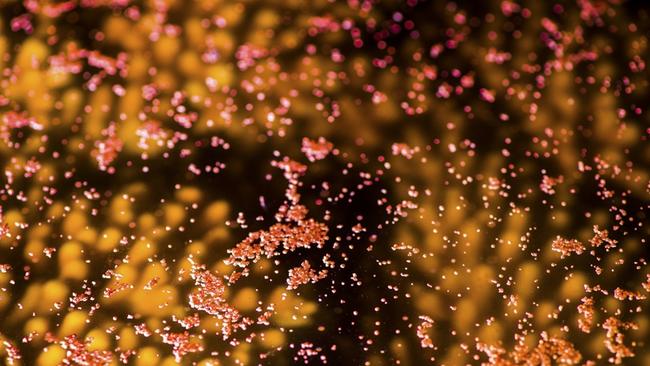
3. Morning glory clouds, Queensland
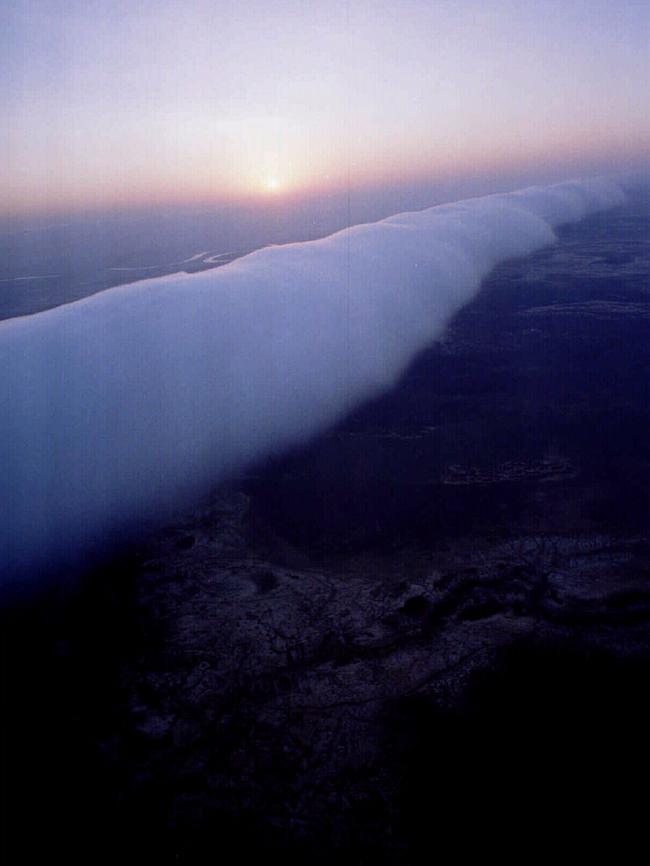
September and October are the most likely months when these enormous cloud banks — up to 1000km long and 2km wide — roll across the Gulf of Carpentaria to Burketown, about 900km west of Cairns. The meteorological phenomenon holds special cultural significance for the Gangalidda indigenous people of the region.
4. Cuttlefish aggregation, South Australia
The Upper Spencer Gulf on the Eyre Peninsula is the only place in the world where giant cuttlefish congregate predictably each year en masse to breed. Between June and July, snorkellers converge on Stony Point to watch the creatures create an astonishing visual display, changing shape and colour to merge with their surroundings.
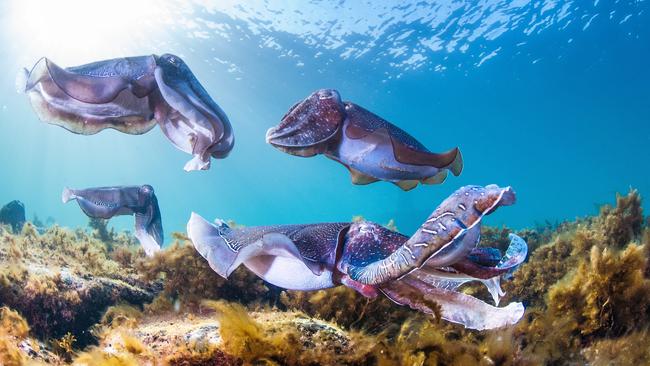
5. Pink lakes, SA and Western Australia
Contrasting with a white sandy beach and verdant strip of coastal vegetation, the vibrant pink of Lake Hillier near Esperance in WA has made it an Instagram hotspot. But it’s not the only lake that draws tourists to its photogenic appeal. Others include Hutt Lagoon, also in WA, and SA’s Lake Eyre and Lake MacDonnell.
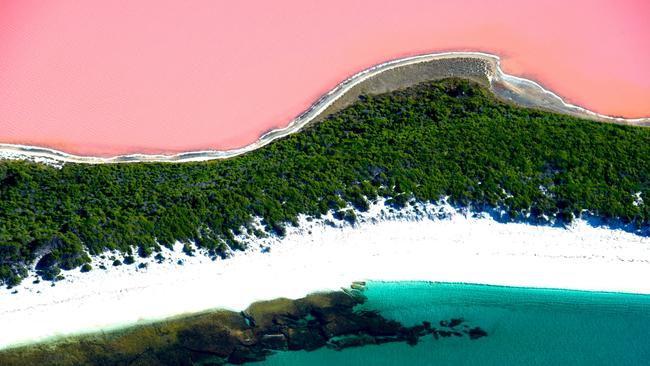
6. Aurora Australis, Tasmania
We are approaching peak season for seeing the mysterious green, purple, yellow and blue glow of the Southern Lights. They are most commonly spotted from May to August, and in Tasmania, the lack of light pollution on Bruny and Satellite islands and at Bathurst Harbour and Cradle Mountain make them prime viewing spots.
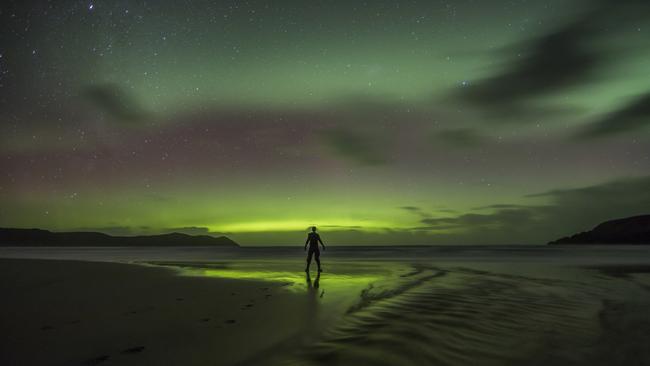
7. World’s largest dinosaur footprints, WA
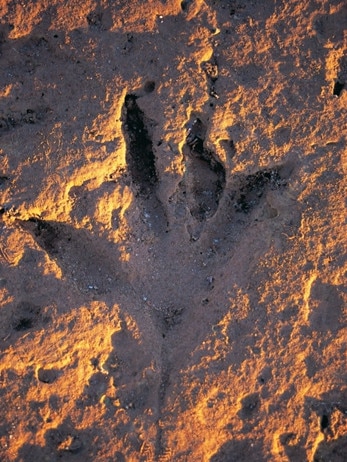
At various points along an 80km stretch of coastline near Broome visitors can see the 1.7m long fossilised dinosaur footprints estimated to be 130 million years old. Low tide at the southern end of Cable Beach reveals footprints on flat rocks 30m out in the shallows.
8. Horizontal Falls, WA
Talbot Bay in the Kimberley is home to two of these dramatic ”waterfalls”, caused by 10m tides that constitute some of the largest tidal movements in the world. At only 10m and 20m wide respectively, the two openings in WA’s rocky coastal landscape create a powerful waterfall effect, one that is most thrillingly experienced by power boat.
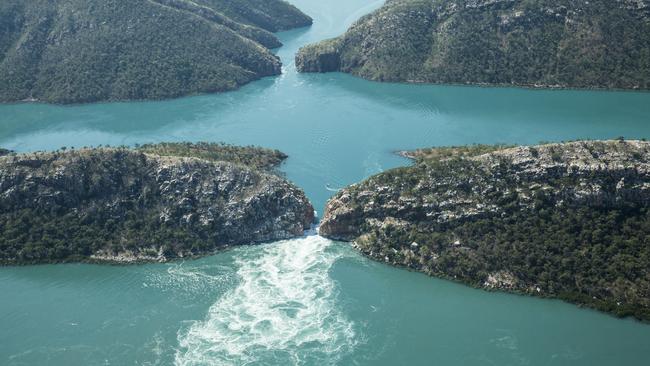
9. Min Min Lights, Northern Territory
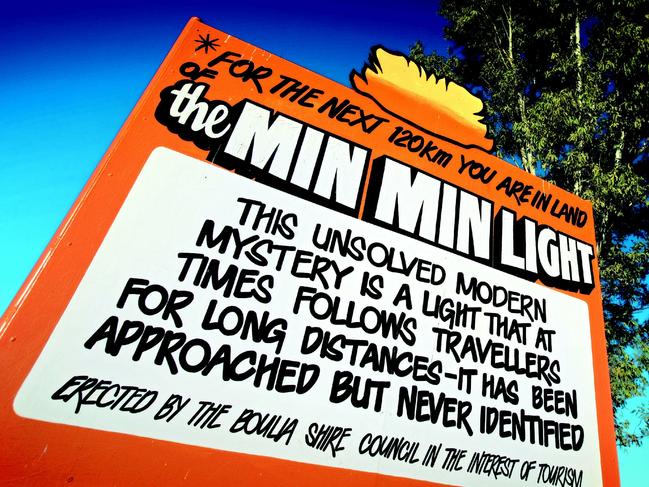
Real phenomenon or Aboriginal myth? No one is certain but the Min Min Lights have been said to bamboozle visitors to the outback. They have been described as glowing, blurry balls of colour that appear at night and follow people, and have featured in indigenous stories predating European settlement. The jury’s out.
10. Red crab migration, Christmas Island
This is what happens when up to 50 million red land crabs answer the urge to hook up. The breeding orgy takes place each year before the start of the wet season (November to January). The crabs emerge from the forests on the island, off WA’s far northwest coast, and head to the beach to paint the sand red.

To join the conversation, please log in. Don't have an account? Register
Join the conversation, you are commenting as Logout